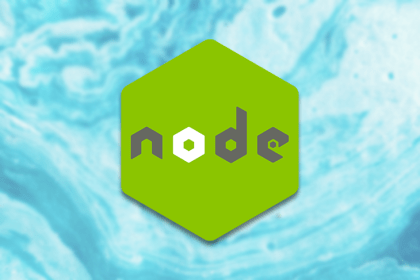
Learn how to implement and control Flutter’s wide variety of text field customization options in this ultimate guide.

Check improvements to React Native released with version 0.64, including Hermes updates and dependency changes.

Get full bidirectional real-time communication for your application by implementing a WebSockets server with Deno.

SPA frameworks have the same goal, but there are differences that will make you reconsider comparing Blazor to other JavaScript frameworks.

Get started with an overview of Crystal 1.0, a new frontend language inspired by Ruby with the power of C.

Version 4.2 of TypeScript was released in February 2021, with new features, bug fixes, and performance improvements. Find out more here.

Learn which third-party React Native libraries create the best possible user and developer experience for styling, navigation, testing, and more.

Discover three free services, Qovery, Vercel, and Heroku, that let you deploy a Node.js API built with Express.js and MySQL.

Take advantage of GraphQL on the frontend by automating the creation of TypeScript types and the generation of custom React Query hooks using GraphQL Code Generator.

If you have a TypeScript codebase in a monorepo that is not using TypeScript project references then you are missing out on a productivity boost.

GraphQL simplifies CRUD by abstracting requests to a single endpoint.

It’s possible to render static sites from a server, but there are limitations with this approach. Express template engines solve them.